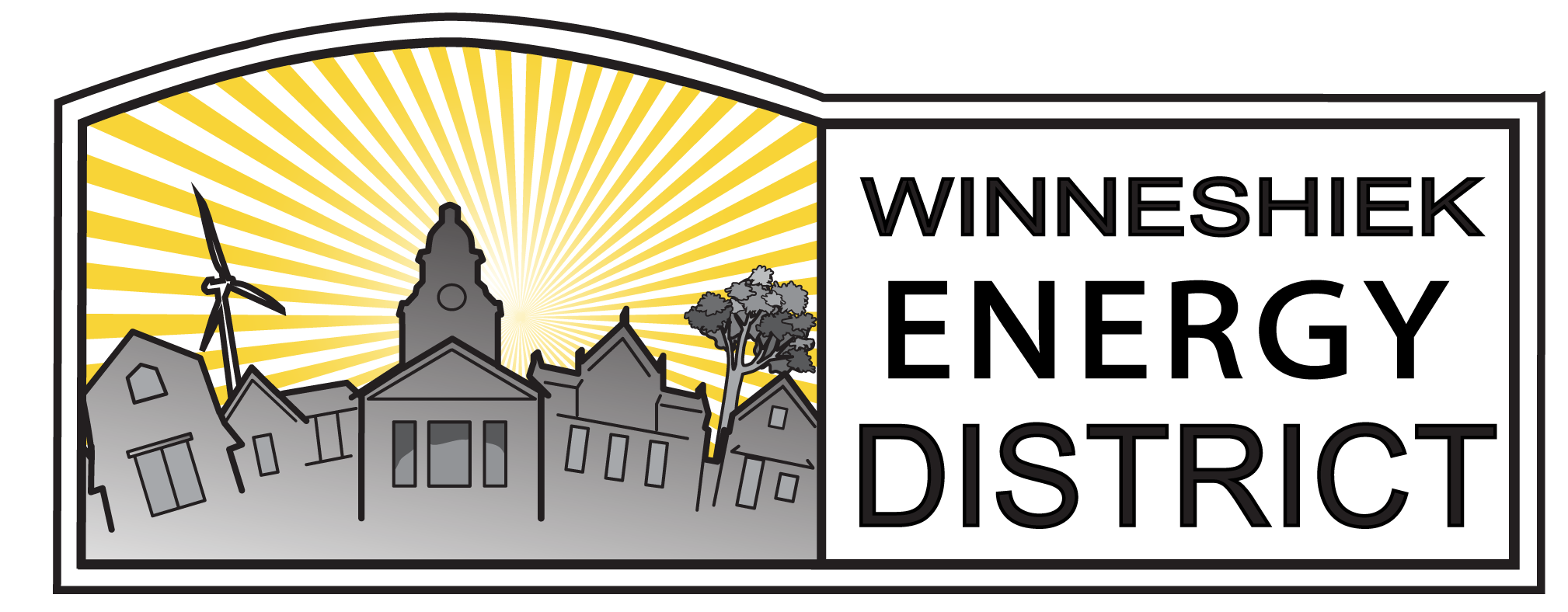A Cleaner Grid Is More Reliable: Winter Version
By Andy Johnson and Warren McKenna
Click here to read the pdf version with footnoted sources
Here we go again. Grid operators and utilities are issuing dire warnings about looming blackouts this winter, and often linking the threat to the closure of coal plants.
The narrative serves utilities like MidAmerican Energy well, whose parent company Berkshire Hathaway Energy is one of the dirtiest utilities in the nation. MidAmerican would love to keep its large fleet of Iowa coal plants running for decades to profit shareholders, at the expense of Iowa ratepayers and our kids’ future.
We heard the same grid warnings back in June about summer peak load, and we have the same Mark Twain inspired reaction: “Few things are more irritating than when someone who is wrong is also very effective in making his point.”
Sure, it sounds sensible that closing “baseload” coal plants and replacing them with “variable” renewables could stress our winter grid, but that logic actually mixes apples and oranges (or corn and beans, or uff-da: 4-H and FFA!), and here’s why.
Blackouts are Not Predicted by Grid Operators
Neither the Midcontinent Independent System Operator (MISO, the Midwest grid operator) nor the National Energy Reliability Corporation (NERC), are actually predicting rolling blackouts, as some have reported. In fact, MISO (which is where NERC gets its data) states clearly “Under typical demand and generation outages, MISO is projecting sufficient firm resources to cover winter peak load forecasts”.
In other words, under normal winter conditions, we’re fine. Under challenging conditions, actually, we’re still fine. Under the worst-case scenario of highest load and highest outages the projections are dicey for one of three winter months, but even then, MISO “expects to maintain reliability through the use of measures” that include demand response, regional grid transfers, and other resources that don’t require blackouts.
Reliability is absolutely critical and we must deal pro-actively with challenges during the clean energy transition. But the current warnings sound suspiciously like a MidAmerican Oncler crying wolf in order to keep the Berkshire coal trains running, furnaces belching, and profits flowing.
Extreme Weather Creates High Risk for Fossil Fuel Supply and Plant Outages
The hypothetical situation causing the greatest worry in the MISO region is based on the assumption that over 46 Gigawatts of “firm” generation– that’s 37% of all the coal, gas, and nuclear – could fail under extreme winter conditions. So much for the reliability of traditional “baseload” generation.
Why? Because, according to the NERC Winter Reliability Assessment, the grid is stressed by “higher peak-demand projections, inadequate generator weatherization, fuel supply risks, and natural gas infrastructure”, all impacted by extreme weather. These are largely challenges to coal and natural gas plants, which develop major vulnerabilities in extreme winter weather.
One such vulnerability: fuel supply chains! Unlike renewables and storage, coal and gas plants have an endless appetite for mined, processed, and transported fuel, yet stockpiles and reserves are low and supply chains are shakier than ever.
Another vulnerability: fossil fuel plants increasingly fail as temperatures get colder. From frozen gas lines and coal piles to operational challenges, at least a third of coal plants and roughly 60 percent of natural gas plants in the MISO region are not rated to operate below negative nine degrees Fahrenheit.
Wind and Solar plus Storage are More Reliable
The vast majority of wind in MISO is rated to operate below minus 20 and even close to or below minus 30. Solar efficiency generally rises as temperatures get colder. Solar and wind are variable in production, yes, but they are predictable in that variation, and MISO knows this and adjusts “capacity credits” for reliability planning accordingly.
And battery storage paired with solar and wind is – even by MISO’s own data – as or more reliable than fossil fuel plants. This combination is the future of a secure, clean, and reliable grid (and healthy, prosperous communities throughout Iowa).
This fact is driven home by the US Department of Energy’s latest comprehensive report “Examining Supply-Side Options to Achieve 100% Clean Electricity by 2035”. The report demonstrates that for every hour of the year, “A 90% clean grid can be achieved at low incremental cost by relying primarily on new wind, solar, storage, advanced transmission, and other technologies already being deployed at scale today.”
Iowa Policymakers Should Remind NERC and Utilities About Chickens and Eggs
Which is why it is more than a little perplexing that NERC officials are calling for state regulators to encourage utilities to keep coal plants online, but they’re not calling for regulators and utilities to urgently build more storage to pair with renewables to build the reliable grid of the future.
Any Iowa farm kid (my own daughters included) could remind those NERC officials that chickens and eggs go hand in hand. For economic, health, and stewardship reasons coal must be in the rearview mirror. For grid stability and reliability, the road to renewables plus storage needs building not tomorrow, but today, and even yesterday.
Iowa regulators and policymakers hopefully realize this. MidAmerican Energy is currently proposing a great deal of new wind paired with a great deal of forever coal, which maximizes profits for shareholders at the expense of grid reliability and ratepayer’s health and pocketbooks.
Utilities should be directed to go back to the drawing board to design and build out an energy system that serves Iowa ratepayers and strengthens Iowa’s grid. This system should be based on the high performance and high reliability combination of solar, wind, and large-scale storage.
With proactive leadership, Iowa can build the strongest and cleanest grid in the country. We would be the envy of the nation, but more importantly, we’ll build the future our kids deserve.
############################################
Andy Johnson is a farmer, and Executive Director of Clean Energy Districts of Iowa.
Warren McKenna is former Manager of Farmers Electric Cooperative, and a current solar consultant.
